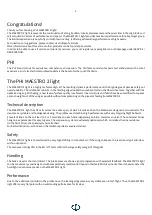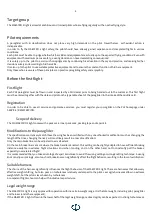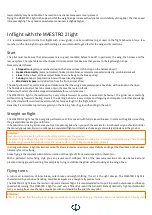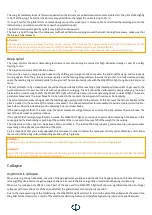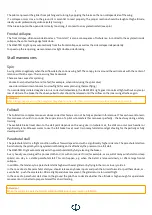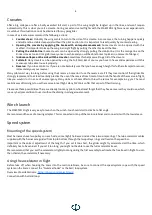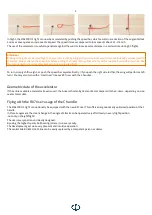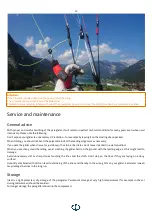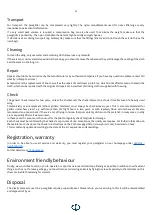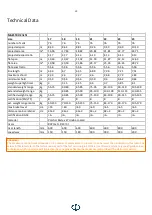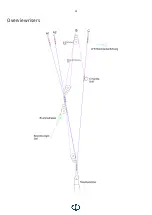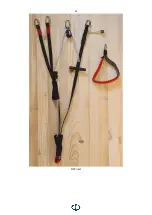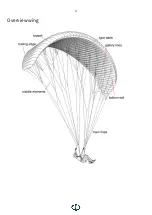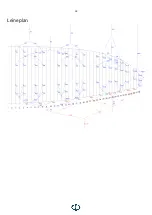
11
Transport
For transport, the paraglider can be compressed very tightly. The nylon monofilaments used for nose stiffening are very
insensitive to permanent deformation.
If a very small pack volume is required, a compression bag can also be used. To minimize the weight, make sure that the
paraglider is packed dry. The nylon cloth absorbs water at high humidity and gets heavier.
If vibrations occur during transport (eg: motorcycle), make sure that the fittings (line locks) do not touch the sail cloth (use the
riser bags).
Cleaning
To clean the wing, only use water and a cleaning cloth. Never use any solvents!
If there is sand, dirt or small stones inside the canopy, you should remove them because they will damage the coating of the cloth
and the seams in the long run.
Repair
Repairs should only be carried out by the manufacturer or by authorized companies. If you have any questions, please contact PHI
directly: (info@phi-air.com)
Exceptions are the replacement of lines as well as the repair of small tears (up to 5 cm, which do not affect seams) or holes in the
cloth, which can be repaired with the original PHI repair set. A small set of sticking cloth is supplied with the wing.
Check
The general check interval is two years, unless the checker sets the check interval to a shorter time because of a heavily used
wing.
Commercially used equipment (school gliders, tandems) must always be checked every year. This is also recommended for
gliders under heavy load, e.g. with more than 150 flight hours in two years, or with regularly flown acro maneuvers. We also
recommend an annual check if there is a lot of flying in terrain that puts a plenty of strain on the material: in rocky areas, in salty
air, or especially a er salt water contact.
In these cases it is even more than usual for the pilot to regularly check his glider for damage.
Each check must be confirmed by the check-stamp. In case of non-compliance, the quality seal expires. For further information on
the maintenance check, see the check-in instructions on the PHI homepage (http://www.phi-air.com): Downloads: Check.
This is constantly updated according to the state of the art, experience and knowledge.
Registration, warranty
In order to be able to use all service and warranty, you must register your paraglider on our homepage under
.
Further details see
.
Environment friendly behaviour
Finally, we would like to call on you to operate our sport as nature and landscape friendly as possible. In addition to self-evident
things, such as not to leave garbage, you should also avoid scaring animals by flying too close. Especially in the cold season, this
stress can be life-threatening for animals.
Disposal
The plastic materials used in a paraglider require proper disposal. Please return your used wing to PHI: it will be disassembled
and disposed of by us.
Summary of Contents for MAESTRO 2 light
Page 1: ...1 Manual Version 1 02 vom 19 09 2022 ...
Page 12: ...12 PHI PHI eine Marke der Papesh GmbH Grillparzerstrasse 10 6067 ABSAM Österreich ...
Page 14: ...14 Overview risers ...
Page 15: ...15 R07 riser ...
Page 17: ...17 Overview wing ...
Page 18: ...18 Leineplan ...


